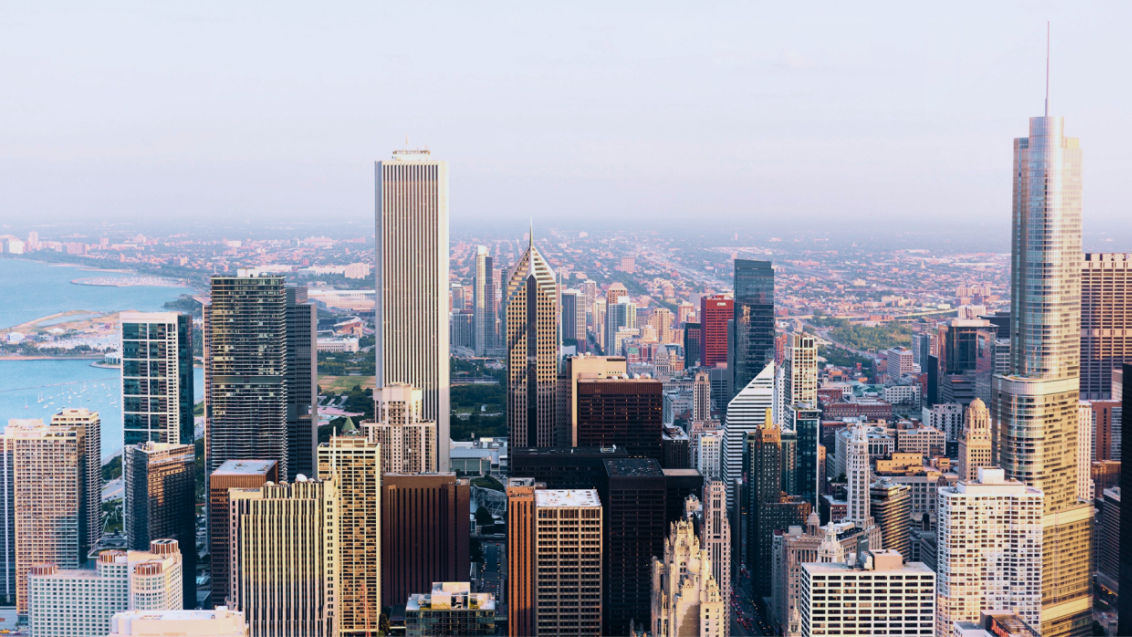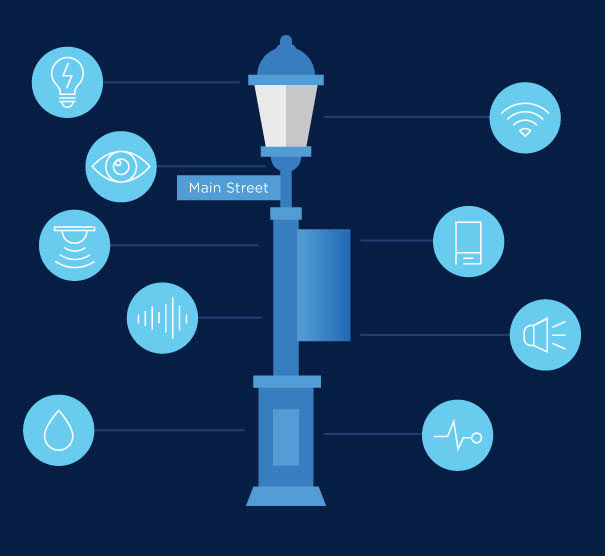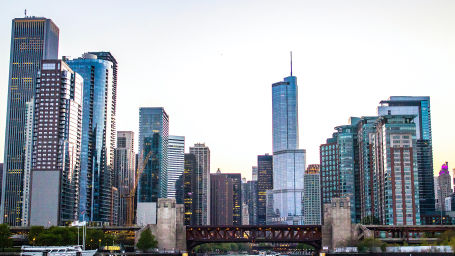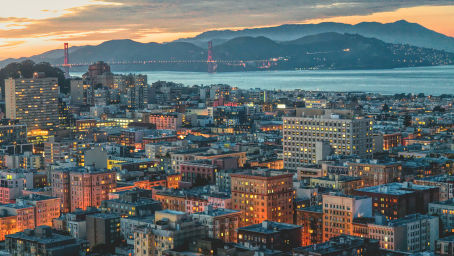

March 26, 2019 | Satya Parimi, Group Vice President, Spectrum Enterprise

Inspired by their constituents, government leaders in cities across the United States have big dreams and real plans to harness smart city technologies. Citizens want more services, better automation and plans to improve energy efficiency.
In addition to what constituents want, government leaders find that they can create new revenue streams and cost savings with smart city technologies. How exactly does a city begin this journey to leverage new technologies?
One area to start is smart lighting, which can drive energy savings through use of LEDs and sensors to more effectively manage when they are turned on. Sensors on the light poles can detect levels of ambient light to dim the lights when not needed, and motion sensors can brighten lights when traffic picks up. Smart lighting can provide the right amount of illumination in the right place at the right time with energy cost savings up to 50 percent, post-implementation. The possibilities are very compelling—and that’s just a glimmer of what smart lighting can do.
What is smart lighting for smart cities?
Smart lighting can be more than just illumination. A light pole can be fitted with a wide array of sensors and devices to improve public safety, enable environmental monitoring and more.

Light-sensing photocells adjust the brightness of street lights needed by detecting the natural light level.
Image sensors brighten and dim street lights by detecting people and objects near the pole.
IP cameras capture live images of surrounding areas to adjust lighting, help first responders, count people in crowds and more.
Sound sensors detect gunshots or sounds in surrounding areas to alert law enforcement of potential danger and crime.
Water detection devices sense moisture to analyze a situation at the location of a pole including rainfall, water levels, flooding etc.
Digital signage allows cities to notify citizens of important announcements and notifications, present ads for local events and activities or commercial advertisements for revenue realization.
Speakers can broadcast information or warnings from a remote location to people in the vicinity of a pole.
Seismic sensors measure and monitor ground-based movements for warnings of earthquake, tsunami or other natural events.
Smart lighting components make for brighter futures
The pole used for smart lighting is a piece of digital infrastructure that can be used for many more applications and opportunities.
This blog post illuminates what’s possible with smart lighting. For now, check out what government leaders need to discover a brighter path to smart lighting projects—and more. Or watch our partner Bill Wallace, executive director of US Ignite, discuss how smart lighting projects improve the lives of citizens:
As the first in a series of smart lighting, we will soon include posts on how smart lighting can be implemented in your city and who needs to be involved to make it happen. Check back soon and sign up for updates.
Speak with a Spectrum Smart Cities Expert







